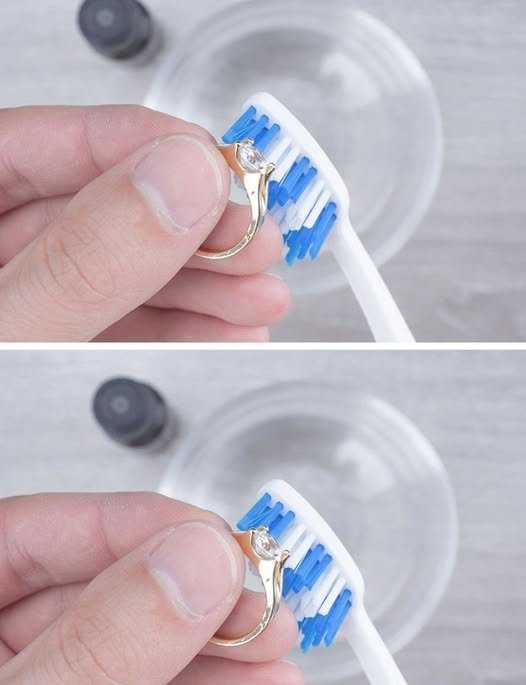ADVERTISEMENT
You May Have Been Cleaning Your Jewelry All Wrong: 5+ Tips You Should Know
Jewelry is more than just a fashion statement—it’s often a cherished keepsake, a symbol of special memories, or a valuable investment. Whether it’s your favorite necklace, heirloom ring, or elegant bracelet, keeping your jewelry clean and sparkling is essential to preserving its beauty and longevity. However, many people don’t realize that the way they clean their jewelry can actually damage it over time. If you’ve been cleaning your jewelry the wrong way, don’t worry! Here are 5+ essential tips to ensure your precious pieces shine like new without causing any harm.
1. Avoid Harsh Chemicals
When it comes to cleaning jewelry, harsh chemicals are often your worst enemy. Household cleaners, bleach, and even some jewelry cleaners can be too abrasive for delicate gemstones and metals. These harsh substances can erode the surface of your jewelry, dull its shine, or even cause discoloration.
Tip: Stick to gentle cleaning solutions, such as mild dish soap mixed with warm water, to clean your jewelry. For a deeper clean, opt for a jewelry-specific cleaner that’s designed for your jewelry’s material.
2. Use a Soft Cloth for Polishing
One of the most common mistakes people make when cleaning jewelry is using rough cloths or abrasive materials to polish their pieces. While a rough towel or tissue might seem like an easy option, they can scratch and damage your jewelry.
Tip: Always use a soft, lint-free cloth—like a microfiber cloth—when polishing jewelry. This will help you restore its shine without causing any scratches. For rings and necklaces, use a gentle, circular motion to polish the surface.
3. Cleaning Gemstones: Know What You’re Dealing With
Gemstones require special care because different types of stones have different levels of hardness and sensitivity. For example, diamonds can withstand more aggressive cleaning methods, but softer stones like pearls, emeralds, or opals can easily be scratched or damaged.
Tip: Before cleaning any gemstone jewelry, research the specific care requirements for that type of stone. For softer stones, use mild soap and water with a soft cloth, while for harder gemstones like diamonds or sapphires, you can safely use a soft toothbrush with a gentle cleaner.
4. Don’t Use Toothpaste
A common DIY cleaning method many people swear by is using toothpaste to clean jewelry. However, while toothpaste might make your jewelry appear cleaner in the short term, it’s not a good long-term solution. The abrasives in toothpaste can scratch and dull the surface of both metals and gemstones.
Tip: Stick to specialized jewelry cleaners and avoid using toothpaste or any abrasive substances that could harm your jewelry’s finish.
5. Use a Gentle Toothbrush for Tight Spots
Sometimes, the nooks and crannies of your jewelry require extra attention, especially in areas where dirt and oils can build up. A soft-bristled toothbrush is perfect for getting into those hard-to-reach spots without damaging the piece.
Tip: Wet the toothbrush with warm, soapy water and gently scrub the crevices of your jewelry. Be sure to avoid using a toothbrush with hard bristles, as this can scratch the surface of the jewelry.
6. Rinse Thoroughly and Dry Immediately
After cleaning your jewelry, make sure to rinse it thoroughly to remove any soap residue or cleaning solution that may have been left behind. Soap or cleaner residue can cause your jewelry to look cloudy or attract more dirt.
Tip: After rinsing, dry your jewelry gently with a soft cloth. This will help prevent water spots and keep your pieces looking shiny. For extra shine, you can use a jewelry polishing cloth designed to remove smudges and add a protective layer to your pieces.
For Complete Cooking STEPS Please Head On Over To Next Page Or Open button (>) and don’t forget to SHARE with your Facebook friends
ADVERTISEMENT
